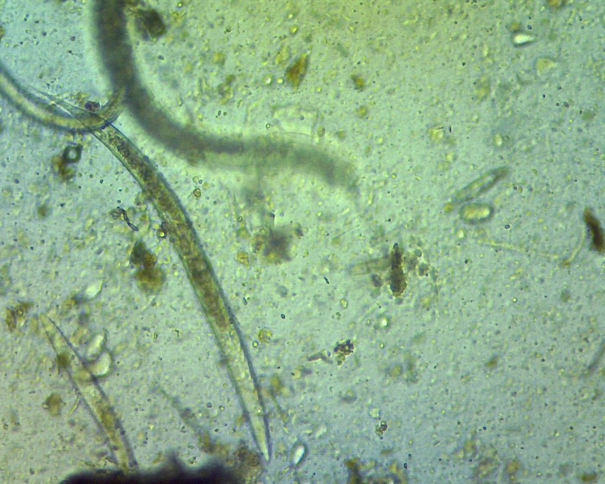

Elecampane
Inula helenium
Elecampane is a perennial herb belonging to the sunflower family. It can be seen growing in urban gardens, parks and abandoned building sites across the city.
Individual plants can attain a height of between 90 to 150 cm. The leaves are alternate, embracing the stem, being broad at the base and becoming smaller towards the top of the stem’.
The leaf's margin is toothed and the flowers are yellow. The root is thick and rich in mucilage.
Traditional Uses
- Hippocrates used Elecampane to treat chronic skin eruptions and itching and specially pain associated with chills or animal bites1,2
- Elecampane is also traditionally used to treat lung and chest complaints3
- The roots of the plant have been traditionally used as a diuretic in Europe, whereas American Indians used it to treat lung disorders4
Identification
- Study reports antioxidant and antimicrobial activities of inula helenium extracts5(in-vitro)
- Study reports that extracts of elecampane have anti-inflammatory effect6(in-vivo)
- Mucilage forms a soothing film on mucous membranes, which relieves inflammation and minor pain. These properties of mucilage are useful to relieve the symptoms of cough
Uses
- Extract of Elecampane is used as an antiseptic to treat acute bronchitis7
- Elecampane infused with other herbs can therapeutically act as an expectorant7
Precautions
Not be used in pregnancy. May cause allergic reactions, so avoid if there is a history of allergy Potential to interfere with the treatment of diabetes mellitus and high blood pressure. It contains 44% inulin that passes straight through the digestive system and can ferment and some people can experience create wind problems.References
- In vitro evidence: evidence from studies using isolated components of living organisms such as cells or purified molecules
- In vivo evidence: evidence from studies with whole living organisms
- Clinical trial evidence: evidence from clinical trials conducted with humans
- Chevallier, A. Encyclopedia of herbal medicine. (Dorling Kindersley Publishing, Incorporated, 2000).
- Al-Gammal, S. Y. Elecampane and Job’s disease. Bull. Indian Inst. Hist. Med. Hyderabad 28, 7–11 (1998).
- Allen, D. E. & Hatfield, G. Medicinal Plants in Folk Tradition. (Timber Press, Incorporated, 2012).
- Konishi, T., Shimada, Y., Nagao, T., Okabe, H. & Konoshima, T. Antiproliferative sesquiterpene lactones from the roots of Inula helenium. Biol. Pharm. Bull. 25, 1370–1370 (2002).
- Gökbulut, A. et al. Antioxidant and antimicrobial activities, and phenolic compounds of selected Inula species from Turkey. Nat. Prod. Commun. 8, 475–478 (2013).
- Park, E. J. et al. Induction of HO-1 through p38 MAPK/Nrf2 signaling pathway by ethanol extract of Inula helenium L. reduces inflammation in LPS-activated RAW 264.7 cells and CLP-induced septic mice. Food Chem. Toxicol. Int. J. Publ. Br. Ind. Biol. Res. Assoc. 55, 386–395 (2013).
- Bone, K. & Mills, S. Principles and Practice of Phytotherapy: Modern Herbal Medicine. (Elsevier Health Sciences, 2013).
- Newall, C. A., Anderson, L. A. & Phillipson, J. D. Herbal Medicine: A Guide for Healthcare Professionals. (Pharmaceutical Press, 1996).